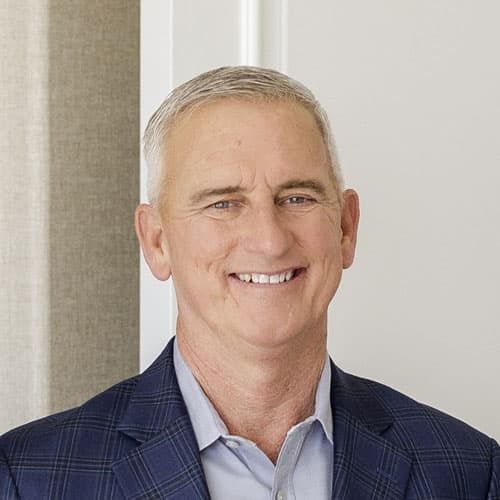We've been wanting to check out the new venue called the Sound at the Del Mar racetrack:
Wednesday Rock Blogging
More Ringo
Eminence Front
? It was on this tour in 1982 that I saw the Who at the L.A. Sports Arena. It was the loudest concert I've ever attended, and my ears were ringing for a week - and I was in the back! Whoops it wasn't the 1982 tour. It was the 1980 tour that I saw - look at the...
Filner
One of the greatest videos in San Diego history - San Diego Mayor Filner resigned less than 30 days later. He still owns a condo in Chula Vista! Go Padres!
Ringo
Ringo at Humphrey's with Steve Lukather (Toto) on guitar on stage right, and Hamish Stuart (Average White Band) and Colin Hay (Men at Work). Incredible show - they played all the hits, and it would be worth it to see any one of these guys play with their former band....
JD and Alejandro
In 1983, Amy and I were the concert producers at Cal State Fullerton and we had just scored the first beer sponsorship in the country for our shows. It gave us the extra dough to have X play a free show in front of 5,000 students in February, and a free show with...
Wait For Me
Between 1972-1974, Todd produced the first three Hall and Oates albums.
CCR
? John Fogerty is playing the Rady Shell next Wednesday!
John Doe I Will Always Love You
John Doe and X played at the Belly Up last night in support of their new album, which they say will be their last (but they haven't said they will stop playing live). Did you know John sang this tune on the soundtrack for The Bodyguard? The other more-famous version...
Samantha at the Whisky
This is me holding a Google Pixel 7 Pro in December, 2022 with Natalie right next to me:



